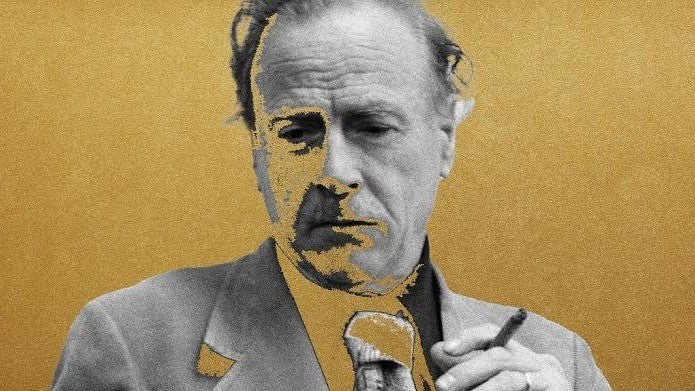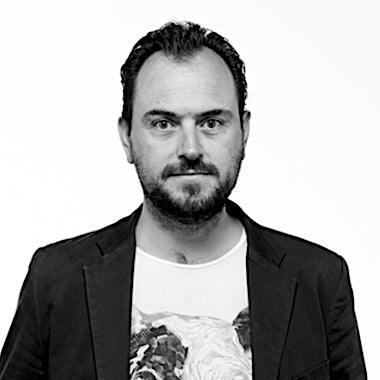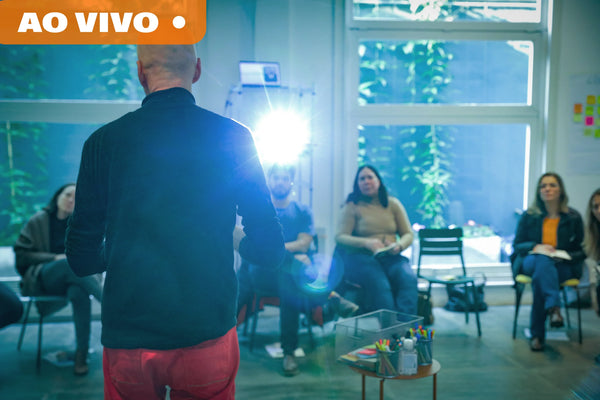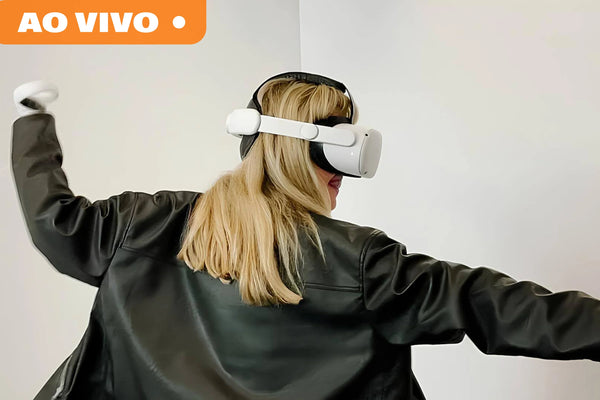
The Medium Is Still the Message

Sixty-one years ago this week, “Understanding Media: The Extensions of Man” (and woman i imagine) was published. If Marshall McLuhan was still around today, what would one of the most important thinkers on technology and media be philosophising about?
This week, I’m asking AI to help me step into his mind and reflect on five of his most important ideas about humans, behaviour, networks and technology. We begin, fittingly, with his central question: What is the message of the medium that now surrounds us? The electric age extended our nervous systems; the algorithmic age has inverted them. McLuhan warned that every medium reshapes the scale, pace, and pattern of human affairs.
Today, those patterns are becoming invisible because we live inside them....
The Invisible Environment
Every technology begins as a tool and ends as an environment. At first it extends us; later it envelops us. The book once trained us to think in lines; the screen taught us to think in fragments; the network trains us to think in patterns.
Today’s environment is neither electric nor digital — it is cognitive. A cloud of prediction encircles every action. The medium has dissolved into the atmosphere: sensors, signals, invisible negotiations of attention. We breathe computation the way earlier generations breathed industrial smoke. It is not a device we hold, but a condition we inhabit.
And the more intelligent the medium becomes, the more it recedes from view. The truly powerful environments are those that hide in plain sight — so ambient, so frictionless, that noticing them feels like nostalgia.
The Disappearance of Friction
Human attention evolved in landscapes of resistance. Now we navigate a world designed to erase resistance altogether — a seamless cascade of answers before we have formed the question. Convenience is the new gravity.
The medium’s message is no longer “what it shows,” but how it trains our nervous systems. Interfaces reorganise emotion; notifications sculpt time; algorithms edit memory. What appears to be a web of information is, in truth, a choreography of behaviour.
We mistake the smoothness of experience for freedom, forgetting that friction is what once made awareness possible. When the world thinks for us, we stop thinking with it.
The Mirror That Learns
Every medium reflects its creator — until it begins to reflect on its own. The electric age connected us; the algorithmic age learns us. The mirror has acquired memory.
The machine no longer waits for instruction. It observes, predicts, corrects, curates. It personalises reality around our patterns, until the world begins to echo our habits back to us as truth. The environment becomes self-referential — an ecology of feedback loops where we train the system even as it trains us.
This is not surveillance alone; it is co-evolution. Our cognition now exists in dialogue with its extensions. Every prompt is a mirror test for the human mind.
The Ecology of Sense
Media have always reorganised the senses. The book privileged the eye and solitude. The screen privileges simultaneity — the hum of the collective. Now the model privileges the anticipation of meaning: it generates before we perceive.
We live in a world where perception is pre-processed, where experience arrives pre-interpreted. Our task, therefore, is not to accelerate but to recover slowness — to feel again the contours of the medium that feels for us.
Awareness becomes an ecological act. To see the ground beneath the data stream is to reclaim our own perceptual agency.
The New Literacy
In 1964, McLuhan warned that we shape our tools and thereafter our tools shape us. Today that shaping occurs beneath the threshold of consciousness. A new literacy is required — not one of code, but of context.
To be literate now is to perceive systems, to sense how power hides in design, how emotion is routed through infrastructure. The skill is not reading the message, but reading the medium’s metabolism: the flows of energy, data, and desire that sustain it.
Awareness is the last form of authorship left to us.
The Message, Renewed
The medium is still the message — and the message has matured. It tells us that environments, once external, now live inside us; that cognition has become a shared habitat; that perception itself is the final frontier of design.
The true question of our age is not whether technology will replace us, but whether we will remain perceptible to ourselves inside the systems we have built.
Sixty-one years after Understanding Media, the challenge is the same: to pause within acceleration, to see the invisible architectures that choreograph behaviour, to treat attention as an act of resistance and of care.
The medium is still teaching. The difference now is that it listens back.



